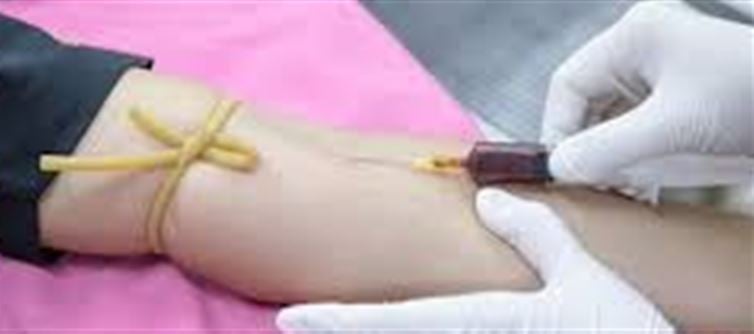
In a groundbreaking development, scientists have created a blood test that can detect head and neck cancers up to 10 years before symptoms arise. This advancement, developed by researchers at Harvard-affiliated mass General Brigham, promises to revolutionize how we detect and treat these cancers.
Here’s a breakdown of this game-changing discovery:
1. Early Detection is Key
· Traditional Detection: Head and neck cancers often don’t show symptoms until they’re in advanced stages. By this point, treatment options may be limited, and the prognosis could be poorer.
· Blood Test Advantage: The new test allows for detection years before symptoms appear, giving patients a much better chance for successful treatment with less aggressive therapies.
2. The Science Behind the Test
· Developed by Experts: The research team from Mass General Brigham used cutting-edge technology to identify unique biomarkers in the blood that can signal the presence of these cancers.
· How It Works: The blood test analyzes specific genetic and molecular markers associated with head and neck cancers, even when the tumor is still too small to be detected by other methods like imaging or physical exams.
3. A Game-Changer for Treatment
· Lower Intensity Treatments: Early detection can allow patients to undergo less intensive treatment regimens, which are typically less invasive and have fewer side effects.
· Increased Survival Rates: By catching cancer early, patients have a higher likelihood of survival, as treatment can begin before the disease spreads or becomes more difficult to treat.
4. Potential for Widespread Use
· Affordable and Accessible: This blood test could become an accessible and affordable screening tool for those at risk of head and neck cancers, especially as part of regular health checkups.
· Future Applications: While this test is currently in its early stages, it could eventually be expanded to screen for other types of cancers as well, offering a proactive approach to cancer detection.
5. Why It Matters
· Head and Neck cancer Statistics: These cancers are often diagnosed late, leading to high mortality rates. Early diagnosis could dramatically change the outcome.
· Wider Implications for cancer Research: This breakthrough could lead to the development of similar blood tests for other cancers, marking a significant step toward early cancer detection.
6. What’s Next?
· Clinical Trials: More clinical trials will be needed to confirm the accuracy and reliability of the test across larger and more diverse populations.
· Broader Implementation: If proven successful, this test could eventually be rolled out globally, giving people an earlier opportunity to fight cancer before it becomes life-threatening.
Conclusion: A New Era in cancer Detection
This blood test offers hope to millions who may one day face head and neck cancer, enabling earlier intervention and better outcomes. As research progresses, the potential for preventive and early treatment could shift the tide in cancer care. Stay tuned as this breakthrough could pave the way for similar innovations in cancer detection across the board.
Disclaimer:
The views and opinions expressed in this article are those of the author and do not necessarily reflect the official policy or position of any agency, organization, employer, or company. All information provided is for general informational purposes only. While every effort has been made to ensure accuracy, we make no representations or warranties of any kind, express or implied, about the completeness, reliability, or suitability of the information contained herein. Readers are advised to verify facts and seek professional advice where necessary. Any reliance placed on such information is strictly at the reader’s own risk.
.jpg)




 click and follow Indiaherald WhatsApp channel
click and follow Indiaherald WhatsApp channel